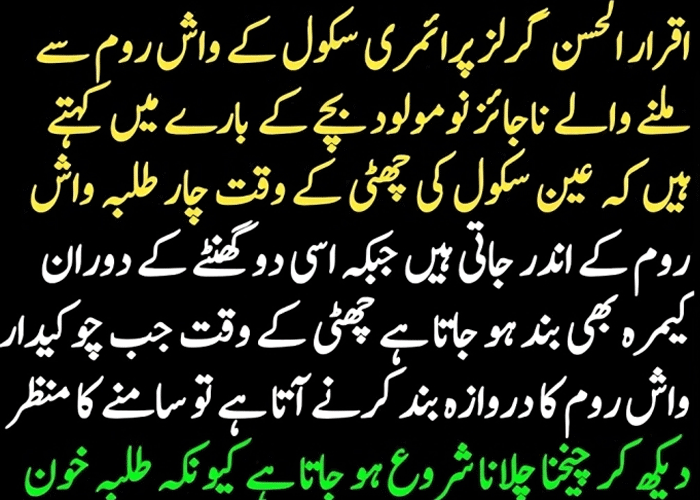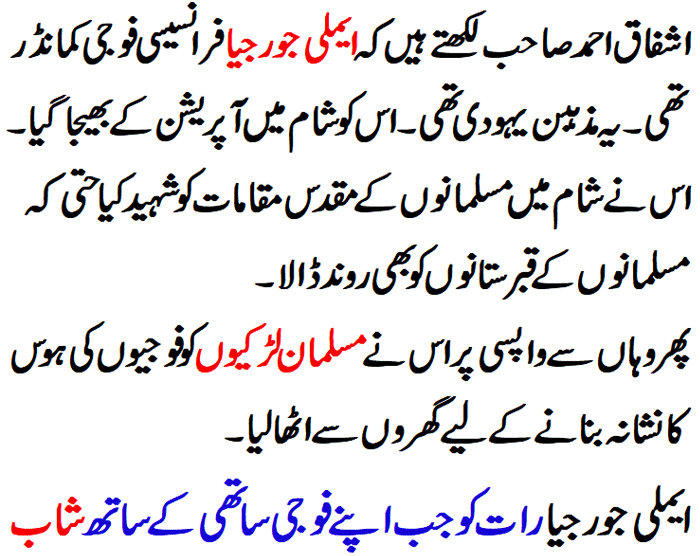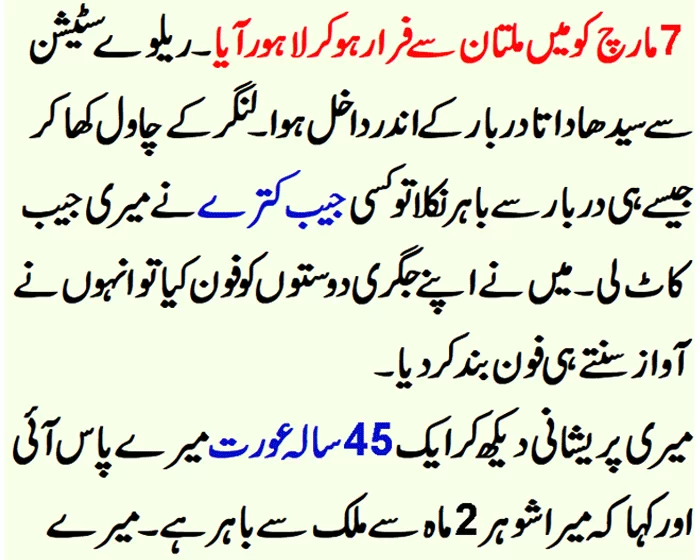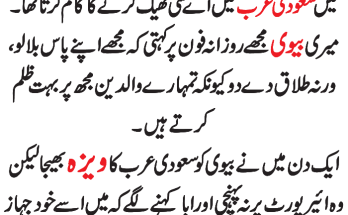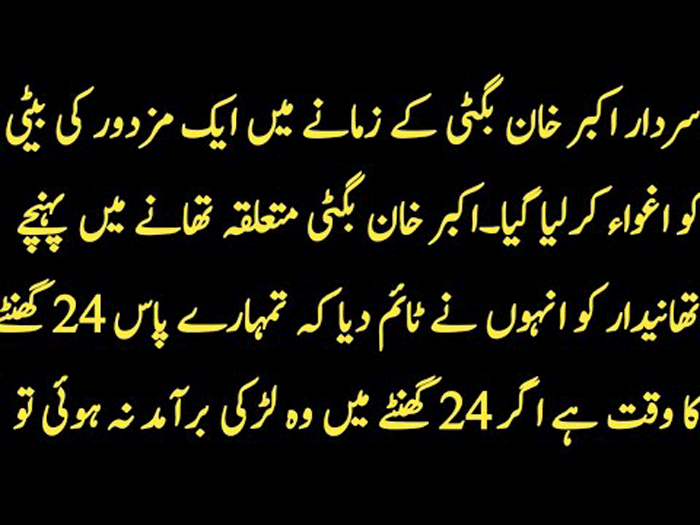
Are you struggling with belly fat? You’re not alone. Belly fat, or visceral fat, is a common problem affecting many people worldwide. It’s not just a cosmetic issue; belly fat can increase your risk of developing serious health problems like diabetes, heart disease, and certain types of cancer. In this article, we’ll explore the causes of belly fat, foods that can help you lose it, and exercises that can get you started on your weight loss journey.
Causes of Belly Fat
Belly fat can be caused by a combination of factors, including:
Genetics : If your parents have belly fat, you may be more likely to develop it too.
Poor Diet : Consuming high-calorie foods and drinks that are high in sugar, salt, and unhealthy fats can lead to weight gain and belly fat.
Lack of Physical Activity : A sedentary lifestyle can contribute to weight gain and belly fat.
Stress : Chronic stress can increase the production of cortisol, a hormone that promotes belly fat storage.
Hormonal Imbalance : Hormonal changes during menopause, pregnancy, or thyroid disorders can lead to belly fat.
Sleep Deprivation : Not getting enough sleep can disrupt hormones that regulate hunger and fullness, leading to weight gain and belly fat.
Foods for Belly Fat Loss
While there’s no single “belly fat loss food,” incorporating the following foods into your diet can help you lose weight and reduce belly fat:
Leafy Greens : Spinach, kale, and collard greens are rich in fiber, vitamins, and minerals that support weight loss.
Berries : Berries like blueberries, raspberries, and strawberries are high in antioxidants and fiber.
Nuts and Seeds : Almonds, walnuts, chia seeds, and flaxseeds are rich in healthy fats, protein, and fiber.
Fatty Fish : Fatty fish like salmon, tuna, and mackerel are high in protein and omega-3 fatty acids.
Whole Grains : Whole grains like brown rice, quinoa, and whole wheat bread provide fiber, vitamins, and minerals.
Legumes : Legumes like lentils, chickpeas, and black beans are rich in protein, fiber, and minerals.
Avocado : Avocados are high in healthy fats, fiber, and various vitamins and minerals.
Exercises for Belly Fat Loss
Combining a healthy diet with regular exercise can help you lose belly fat and achieve a flatter stomach. Here are some exercises to get you started:
Plank: Hold a plank position for 30-60 seconds to engage your core muscles.
Crunches : Lie on your back with your knees bent and hands behind your head. Lift your shoulders off the ground, curling up towards your knees.
Leg Raises : Lie on your back with your arms extended overhead and raise your legs straight up towards the ceiling.
Bicycle Crunches : Lie on your back with your hands behind your head and alternate bringing your knees towards your chest.
Swimming : Swimming is a low-impact exercise that can help you burn calories and reduce belly fat.
Cycling : Cycling is another low-impact exercise that can help you burn calories and reduce belly fat.
FAQs
Q: How does stress management contribute to belly fat loss?
A: Stress management is crucial for belly fat loss as chronic stress can increase the production of cortisol, a hormone that promotes belly fat storage. Engaging in stress-reducing activities like yoga, meditation, or deep breathing exercises can help regulate cortisol levels and support weight loss.
Q: Can probiotics help with belly fat loss?
A: Yes, probiotics can help with belly fat loss by promoting a healthy gut microbiome. A healthy gut microbiome can improve digestion, reduce inflammation, and support weight loss. Consuming probiotic-rich foods like yogurt, and kefir, or taking a probiotic supplement can help support belly fat loss.
Q: How does getting enough protein support belly fat loss?
A: Getting enough protein is essential for belly fat loss as it helps build and repair muscle tissue. When you have more muscle mass, your body burns more calories at rest, which can help with weight loss. Try to eat about 0.8-1 gram of protein for each pound of your body weight every day. You can get protein from foods like chicken, fish, eggs, tofu, or beans.
Q: Can drinking enough water help with belly fat loss?
A: Yes, drinking enough water can help with belly fat loss by improving digestion, reducing bloating, and boosting metabolism. Aim to drink at least 8-10 glasses of water per day, and avoid sugary drinks that can contribute to weight gain.
Q: How does getting enough vitamin D support belly fat loss?
A: Getting enough vitamin D is important for belly fat loss as it helps regulate hunger and fullness hormones. Vitamin D deficiency has been linked to an increased risk of obesity and belly fat. Spend time outdoors, consume vitamin D-rich foods like fatty fish, and egg yolks, or take a vitamin D supplement to support belly fat loss.
Losing belly fat takes time, patience, and a combination of a healthy diet and regular exercise. By incorporating the foods and exercises mentioned in this article, you can reduce your belly fat and achieve a healthier, flatter stomach.

